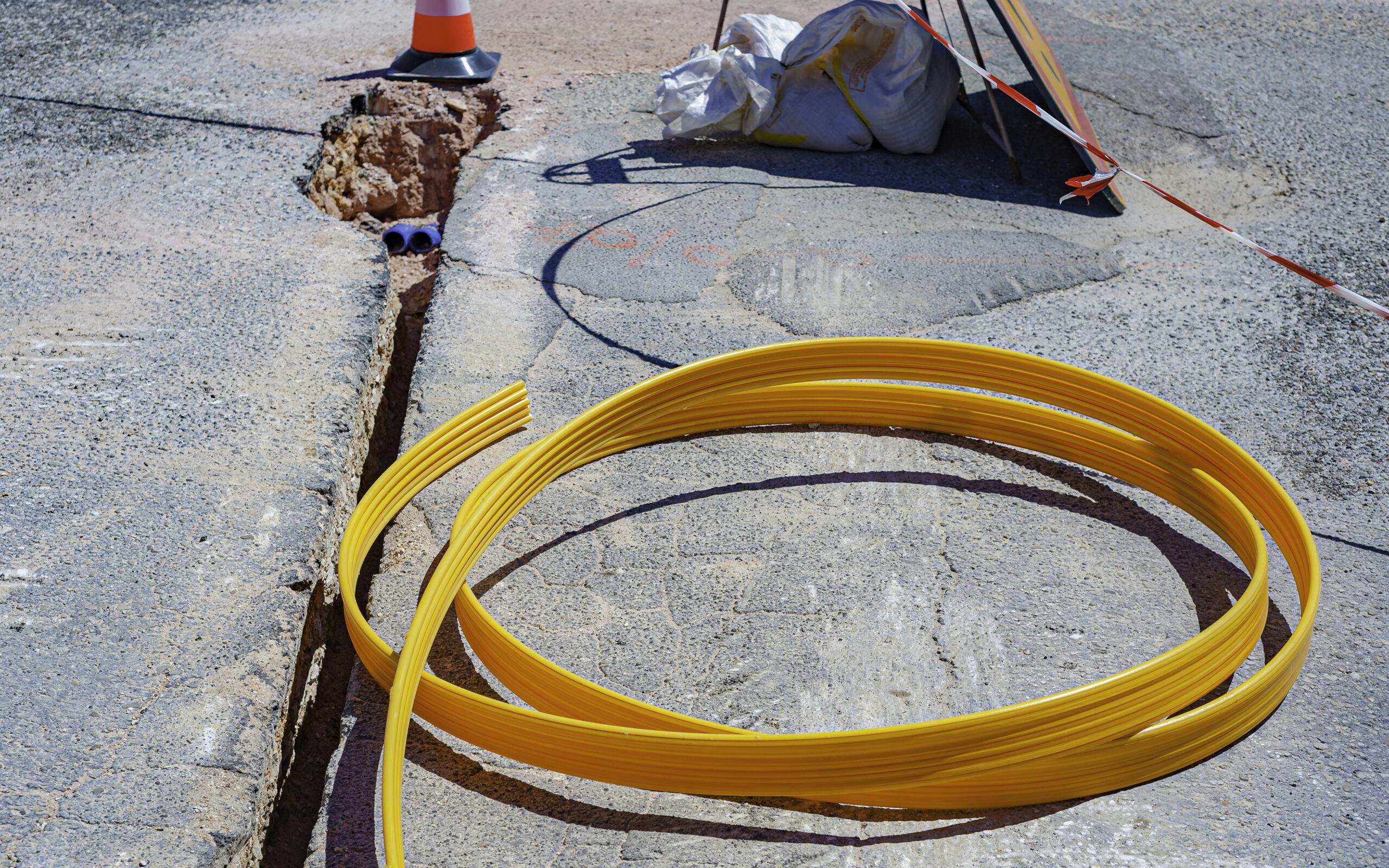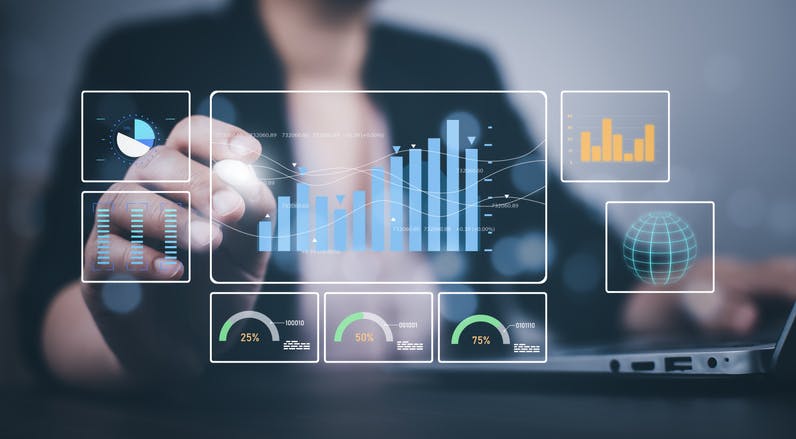As telecom and energy networks in the EU and UK grow exponentially over the next few years, providers will face new challenges as they work to monitor, manage, and maintain them. Rapid expansion of those networks distributed across both urban and hard-to-reach communities requires network providers to streamline operations and enhance quality control. They have to ensure they can deliver competitive connectivity at scale and sustain their network performance over the long term. Prioritizing accurate, accessible, and actionable documentation is critical if providers want to expand their network at pace without introducing issues and oversights that could have major consequences down the road.
In this article, we’ll discuss two ways providers can get insight into their networks: as-built documentation and digital twin technology. We’ll cover why documentation is essential for rapidly-expanding networks and how visual AI can enhance documentation.

As-Built Documentation Lays the Foundation for High-Performing Networks
As-built documentation provides a detailed record of network installation out in the field. It shows any changes that were made during the installation process that weren’t laid out in the original plans, capturing the real-world infrastructure that was built. As-built documentation typically contains details like:
- Cable routes above and below ground
- Splice points and junctions
- Cable protection tubes or sleeves
- Cable specifications such as fiber type and count in the case of a fiber network, cladding, and bandwidth
- Channels and ducts
- Locations of equipment like cabinets and optical network terminals (ONTs)
- Photos of open trenches and network elements
High-quality as-built documentation provides critical insight into the condition of the network. Construction contractors need to provide as-built records as final proof of the work they’ve done so that network providers can validate that construction aligns with the specifications in the initial plan. But as-built documentation also serves a purpose beyond confirming that contractors have done a good job. It’s essential for successfully operating and maintaining the fiber network as time goes on, increasing resilience and longevity.
Having an accurate picture of your network is also important for regulatory compliance. For example, in the UK, the underground fiber infrastructure suffers around 60,000 accidental strikes per year, costing upwards of £2.4 billion annually. The UK Geospatial Commission set up the National Underground Asset Register (NUAR) to create a comprehensive digital map that provides a complete picture of underground infrastructure, an endeavour that’s set to save the nation £490 million per year.
Accidental strikes aren’t just costly and inconvenient to fix, they also increase network downtime and impact customer experience. Prioritizing as-built documentation enables network providers to deliver reliable connectivity for customers, driving retention and revenue.

Digital Twins Provide a Comprehensive Real-Time View of Networks for More Effective Management
Digital twin technology is the next evolution of as-built documentation. A digital twin is a virtual version of a physical object or system. It’s an advanced digital 3D model that automatically responds to changes happening to its real-world counterpart, in real time. Digital twins rely on a collection of technologies working together that include:
- Geographic information systems (GIS) impart location data for accurate mapping
- Internet of Things (IoT) devices like sensors and cameras capture real-time data
- AI and machine learning technology process incoming data to identify meaningful changes that need to be addressed and surface trends for analysis
While traditional as-built documentation offers a static snapshot of the network at the completion of a project phase, digital twins are dynamic and provide live, ongoing insight into performance as the network evolves. Telecommunications and energy providers use digital twins to map their networks, manage assets, and get updates about maintenance and expansion activities. They enable you to determine the location and nature of a network outage and troubleshoot issues more effectively. Digital twins can also provide information about cable capacity and usage, enabling you to plan for expansion and upgrades.
With AI-driven components like smart sensors and machine learning, digital twins can monitor the network for issues and flag them as they arise so you can perform predictive maintenance. Digital twin systems also increase efficiency around network monitoring, often eliminating the need for site visits unless there is a problem.
Using digital twins is a key strategy for strengthening Internet infrastructure in Europe. The ambitious TwinEU project aims to create a massive digital twin of the EU’s electricity system across 15 countries. The EU digital twin market’s projected compound annual growth rate (CAGR) is 58.55% over the coming decade. As this technology becomes the standard for infrastructure management in the EU, fiber optic network providers will need to prioritize adopting the technology to keep up with competitors and stay compliant with regional requirements.

Upgrading Your Network As-Built Documentation and Digital Twins with Visual AI
Let's take the example of full fiber networks. They are far more complex than legacy copper networks as they consist of thousands of interconnected elements, from ONTs, cables, and splitters to manholes, trenches, ducts, and poles. Without robust systems for carefully documenting and validating network data, providers can’t guarantee the quality connection customers -and regulators- demand.
As-built documentation needs to be much more detailed. At the same time, the documentation process must be streamlined to drive efficiency at scale and complete deployments at pace. Documentation must be as accurate as possible to reduce costly revisits and limit the likelihood of errors that cause connectivity issues. Providers will also need to prioritize documentation solutions that support digital twin architecture and AI-driven automation to get their operations on par with large telecommunications and energy companies on the leading edge of network innovation.
Improving Accuracy and Reliability in As-Built Documentation with Visual AI
Network providers rely on photos taken by field workers that are loaded into GIS or construction management to create as-built documentation and get insight into the quality of their network. Bad photos create bottlenecks for the quality compliance team and often require a revisit to take new photos. Inaccurate photos widen gaps in network visibility, so providers don’t have a clear view of asset inventory or performance. Visual AI can solve these issues at the source: the moment a field worker takes a photo.
With Visual AI, every photo a field worker takes is automatically checked and verified to ensure it contains a clear, well-lit image of the expected equipment and configurations. In addition to improving data accuracy, visual AI also makes it easier to collect more detailed network data to improve as-built documentation. It enables field workers to capture:
- Real-time inventory. Visual AI can confirm that the expected components are present in alignment with current as-built documentation and detect asset inventory levels, such as the number of ports that are still free in a street cabinet.
- Network environment data. Visual AI can detect the depth and width of trenches and automatically log important details about the area surrounding the network components.
- Location and job data. Visual AI can automatically identify the type of field work that’s happening in a photo as well as the location of assets (e.g., underground in a manhole vs. on a façade).
- Network performance metrics. Visual AI can log optical time domain reflectometer (OTDR) tests or smart meter readings alongside other images for greater context.
Powering Proactive Asset Management with Visual AI-Enriched Digital Twins
Digital twins use real-time sensor data to continuously monitor performance. With all of this data, machine learning models can predict potential failures and to enable companies to schedule maintenance proactively before issues arise. Sensors typically detect and record changes in vibration, temperature, or pressure that can indicate that failure is likely. Visual AI can add more context to sensor data. With more insight, providers are empowered to make informed decisions about materials or infrastructure placement and provide additional training to field workers if issues recur. Visual AI can enrich digital twins with in-depth information through the photos that workers take, making it easier to:
- Monitor physical condition. Every time a field agent photographs an asset, visual AI-powered image analysis evaluates its condition in real time.
- Proactively plan maintenance. Visual AI provides a view into wear and tear, damage, and anomalies so that providers can send the right person with the right tools and equipment to make repairs before problems arise, avoiding downtime.
- Align digital twins with real-world counterparts. From asset inventory to environmental data, visual AI can capture all the details that providers need to ensure digital twins accurately reflect what’s really happening in the network.

Add Detail to As-Built Documentation and Build Better Digital Twins with Deepomatic
Deepomatic is a visual AI solution that integrates seamlessly with existing GIS and construction manatement software. With Deepomatic at their fingertips, field workers can ensure every photo they take contains the correct visual information before it reaches the back office. Deepomatic also automatically provides corrections in the moment so that engineers and technicians can get installation right the first time, eliminating the need for costly revisits. You can use reliable, accurate data from Deepomatic to enrich your as-built documentation or digital twin system with real-time insights about the performance and condition of your network as your team builds it. With a visual AI solution like Deepomatic, you can transform your documentation processes and improve quality control to meet the demands of today’s competitive telecom and energy markets.





